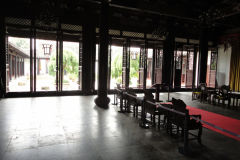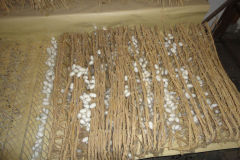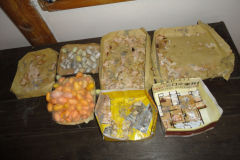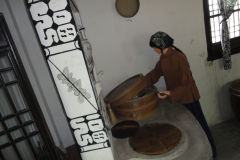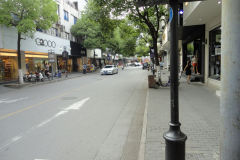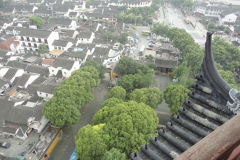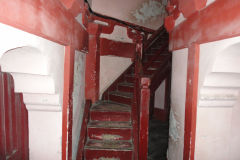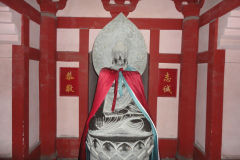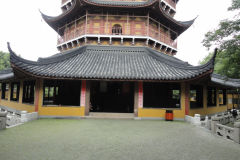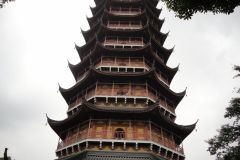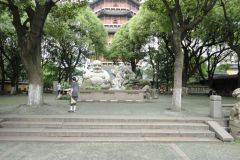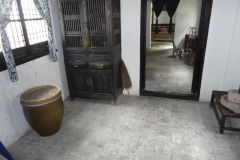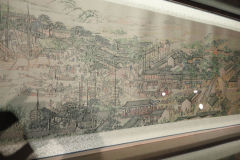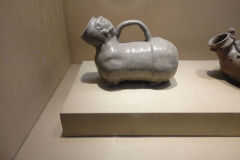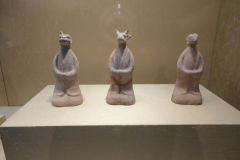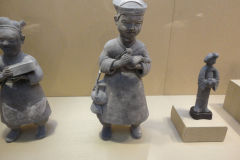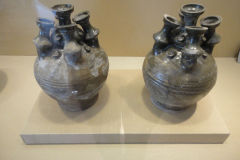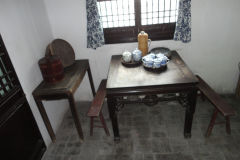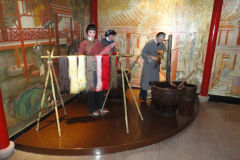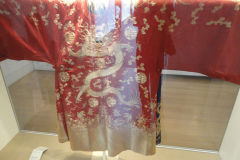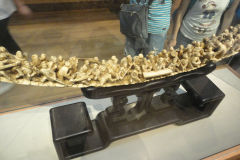Suzhou, also known as Suzhou City, has a rich history dating back over 2,500 years. The city was first settled during the 5th century BCE and was known as Wuxi during the ancient times. Suzhou became an important city during the Eastern Han Dynasty (25-220 CE), and by the 3rd century CE, it had developed into a major center for trade and commerce.
During the Tang Dynasty (618-907 CE), Suzhou’s economy continued to flourish, and it became a center for silk production and textile manufacturing. The city also developed a reputation for its beautiful gardens, and the Suzhou gardens became a model for traditional Chinese garden design.
During the Song Dynasty (960-1279 CE), Suzhou became one of the wealthiest and most populous cities in China. The city’s economy was based on agriculture, silk production, and handicrafts. Suzhou also became an important center of culture and education during this period, and many famous poets and scholars lived and worked in the city.
During the Ming Dynasty (1368-1644 CE), Suzhou reached its peak as a center of culture and industry. The city became a major center for silk production, and the Suzhou silk industry became renowned throughout China and the world. The city’s gardens also reached new heights of artistic and architectural excellence during this period.
In the Qing Dynasty (1644-1912 CE), Suzhou’s economy and culture continued to flourish. The city’s silk industry remained an important source of wealth and its gardens continued to be renowned throughout China. In the late 19th and early 20th centuries, Suzhou’s economy began to decline as it faced competition from other textile-producing regions in China.


